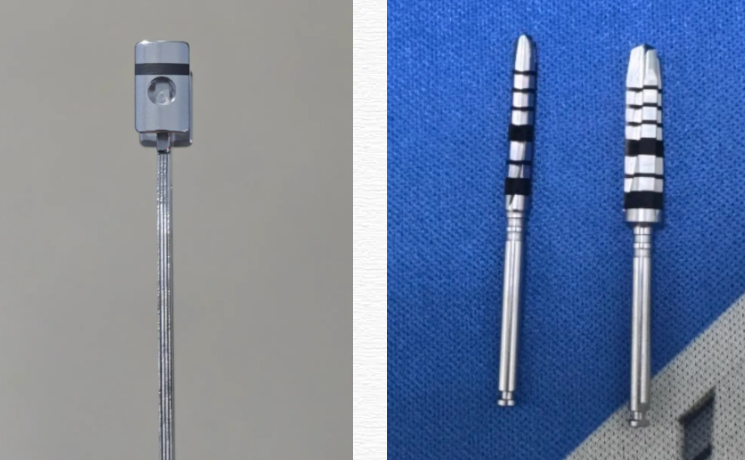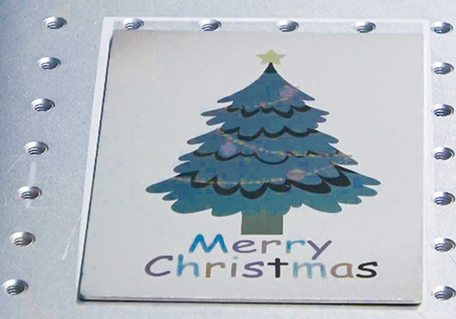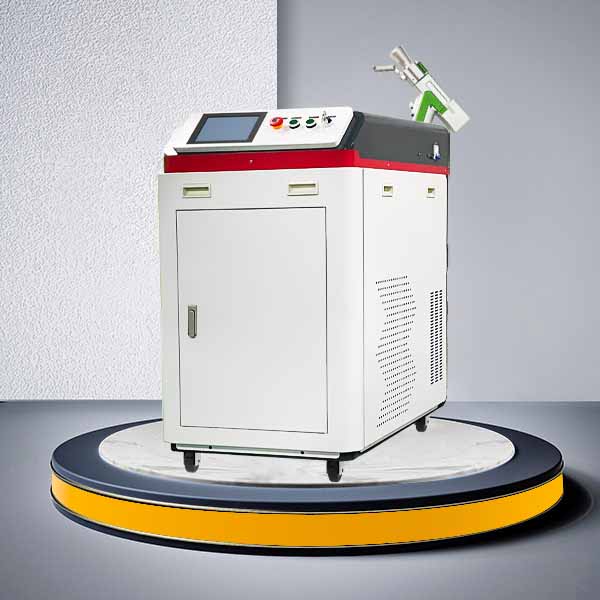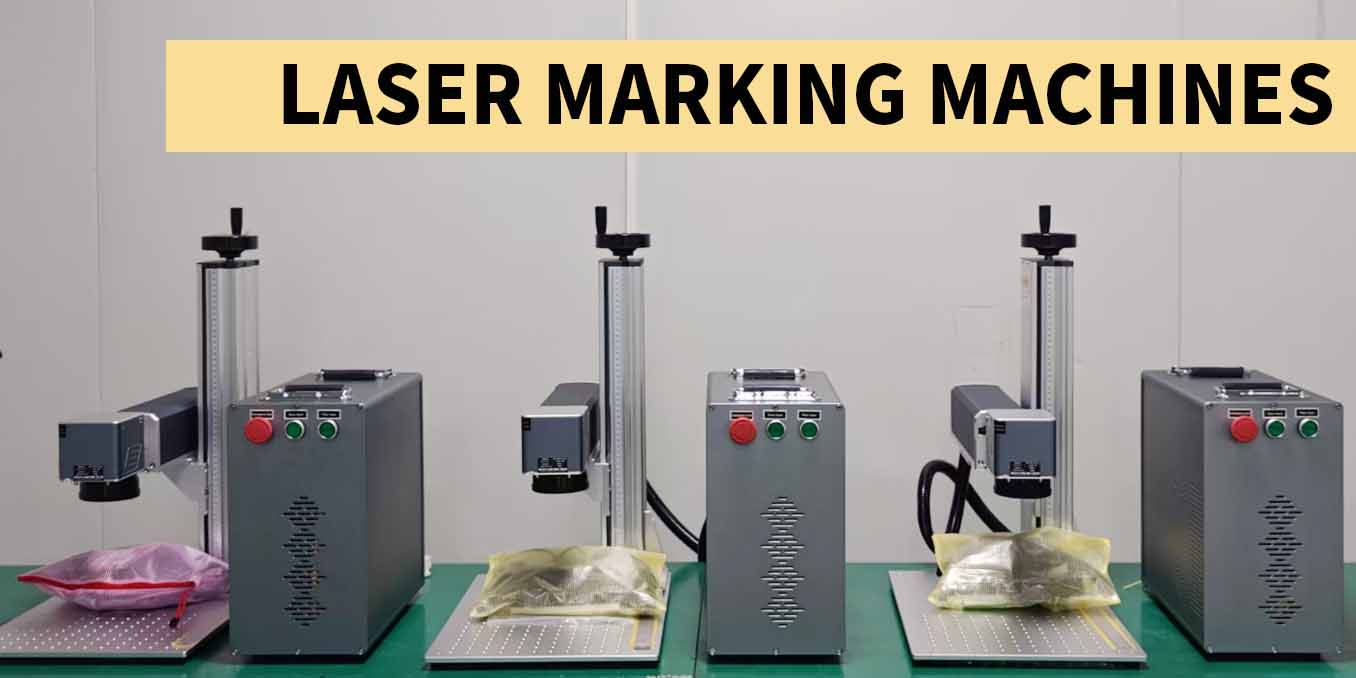
Infrared Picosecond
Empowering Medical Devices
Shaping the Future
Safeguarding Medical Safety Through Reliable Marking Solutions
Medical safety is the lifeline of the industry, and the traceability of medical devices plays a critical role in protecting that lifeline. Clear, stable, and secure markings are the foundation for preventing device misuse, enabling risk traceability, and ensuring patient safety.
01 Medical Marking Machines Overview
(a) Technical Positioning:
In the medical industry, device traceability is essential for patient safety and for standardizing production processes. Marking is the basis of traceability, and its reliability directly impacts medical safety. Infrared picosecond lasers can create permanent markings on a wide range of medical device surfaces.
(b) Process Advantages:
With ultra-short laser pulses, the heat-affected zone is minimal, avoiding deformation or performance changes in medical materials. This reduces safety risks at the source, ensuring devices remain safe to use.

02 Technical Features Adapted for Medical Applications
1. Ultra-short Pulse Laser Processing Mechanism
The infrared picosecond laser marking machine operates on an ultra-short pulse cold processing mechanism, inherently designed with safety in mind. Picosecond pulses are far shorter than the material’s thermal diffusion time, allowing laser energy to act on the surface so that molecules vaporize or are ablated instantaneously, rather than melting via traditional thermal processes.
2. Key Medical Performance Indicators
High contrast and durability of the markings ensure readability across different materials and lighting conditions, preventing misreading or misuse and maintaining accurate traceability for device management and patient safety.
3. Comparison with Traditional Marking Technologies
Traditional nanosecond laser marking produces a larger heat-affected zone, which may deform medical materials or reduce performance. Chemical etching, on the other hand, involves reagents that can leave residues, potentially compromising biocompatibility and patient safety.

03 Marking Quality Verification
1. Salt Spray Testing
Simulates humid and corrosive environments to test the corrosion resistance of metal device markings, ensuring long-term stability in storage and use.
2. Abrasion Resistance Testing
Tests the durability of markings during daily use and cleaning, preventing markings from wearing off or becoming illegible.
3. Sterilization Resistance Testing
Ensures that markings remain clear and intact after various sterilization processes, providing multi-dimensional support for medical safety.
Conclusion
Infrared picosecond laser marking technology provides a precise, safe, and reliable solution for medical device traceability. Its ultra-short pulse processing, high-contrast markings, and proven durability make it an ideal choice for ensuring patient safety and regulatory compliance.
Boost Your Medical Device Safety Today
Stay ahead in medical manufacturing by adopting advanced marking solutions that guarantee clarity, stability, and reliability. For industry professionals and healthcare providers, reliable marking is not just a technical requirement—it’s a commitment to patient safety and quality assurance.






